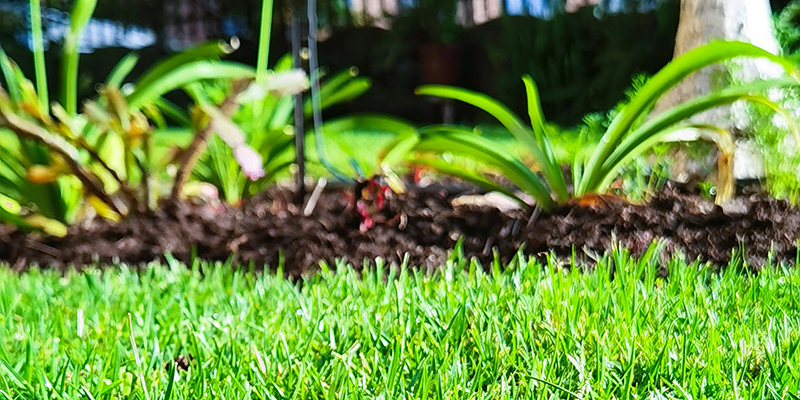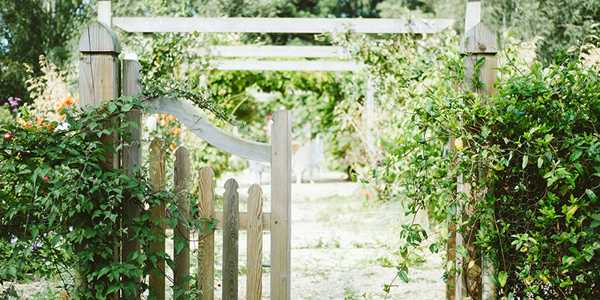Best Riding Lawn Mower In 2025: Top Brands, Models And Maintenance Tips
Choosing the right riding lawn mower is vital for homeowners who wish to maintain a vibrant and healthy lawn with reduced effort. These mowers not only make lawn care more straightforward, allowing you to efficiently cover larger areas in a shorter time frame, but also boost productivity. In this detailed guide, we will thoroughly examine all you need to know to select the ideal riding lawn mower for 2025—from important features and brands to essential maintenance tips and product recommendations.
Key Factors To Consider When Choosing a Riding Lawn Mower
Cost
Riding lawn mowers come in a wide price range, typically between $1,200 to over $5,000. If you are budget-conscious, it is vital to not only consider the purchase price but also additional ongoing costs such as maintenance, fuel, and optional attachments that may enhance functionality.
Attachments
Versatile attachments such as dethatchers, aerators, and baggers significantly enhance the functionality of a riding lawn mower. These add-ons allow users to tackle a variety of tasks, extending the mower's capabilities beyond mere grass cutting.

Terrain
When choosing a riding lawn mower, it is crucial to evaluate the terrain of your lawn. Garden tractors are excellent for larger, flatter properties, offering a wealth of attachment options for versatile usage. Rear-engine riders are compact and well-suited for smaller areas but may struggle with power compared to other types. Zero-turn mowers, however, excel in their exceptional maneuverability, making them ideal for complex yard layouts that require precise navigation around obstacles such as trees, flower beds, and gardens.
Comfort
Comfort during long mowing sessions is paramount. Look for features that contribute to a pleasant riding experience, like adjustable seat height, padded armrests, and user-friendly controls. Steering options also impact comfort: traditional wheel steering may accommodate one-handed operation, while lap bars typically require two hands for optimal control.
Engine Power
The choice between brushless motors and conventional gas engines can significantly affect mower performance. Brushless motors tend to produce less noise and require less maintenance, offering the advantage of clean operation. Alternatively, gas engines usually provide more torque and longer operating times, essential for larger or hilly lawns. Selecting the appropriate engine size is critical, as larger engines often perform better on challenging terrains while smaller engines are well-suited for flat lawns or occasional use.
Cutting Deck Size
The cutting deck size directly impacts mowing efficiency. Larger decks cover more grass in fewer passes, ideal for sprawling properties. Conversely, smaller decks offer better maneuverability in tight spaces, making them suitable for intricate landscaping with obstacles. Assessing your yard's layout will aid in determining the optimal deck size for maximum efficiency.
Maintenance
Maintenance requirements vary between gas-powered mowers and electric riding lawn mowers. Gas mowers generally necessitate regular oil changes, air filter replacements, and spark plug checks, impacting the overall upkeep costs. In contrast, electric lawn mowers require minimal maintenance, usually involving only battery upkeep and cleaning.
Noise
Noise levels can significantly vary between gas-powered and electric riding lawn mowers. Gas engines typically produce louder and more disruptive sounds, which may be problematic in residential areas. Conversely, riding lawn mowers operate more quietly, making them a better fit for noise-sensitive environments.
Yard Size
The size of your yard plays a crucial role in your mower selection. Smaller yards benefit from compact models with shorter turning radii, while larger properties necessitate mowers with enhanced cutting power and efficiency. Evaluating your lawn's dimensions is essential to ensure the mower performs effectively, minimizing unnecessary usage and optimizing performance.
Mulching And Clipping Options
Riding mowers equipped for mulching allow grass clippings to be recycled back into the lawn, facilitating growth and reducing waste. Alternatively, bagging options gather clippings for easy disposal, though they may require more frequent emptying during operation.
Types Of Riding Lawn Mowers
1. Lawn Tractors
Lawn tractors are multipurpose machines fitted with powerful engines and large cutting decks, making them perfect for mowing lawns of 1-2 acres. They provide a comfortable riding experience while also accommodating tasks like hauling and aerating, making them an excellent choice for homeowners with substantial outdoor spaces.
2. Rear-Engine Riders
Rear-engine riders are compact and agile, making them ideal for smaller yards or properties with numerous obstacles. With the engine mounted at the back, they enable tight turning radii and easy maneuverability, allowing efficient navigation around flowerbeds and other decorative features without causing damage.
3. Zero-Turn Radius Mowers
Zero-turn mowers provide unmatched speed and maneuverability, making them ideal for expansive lawn areas. Their unique design allows them to pivot sharply on the spot, significantly reducing mowing time and enhancing efficiency. These mowers are particularly suited for homeowners or professionals managing large properties that necessitate quick and precise cutting.
4. Garden Tractors
Garden tractors are heavy-duty riding mowers capable of performing complex tasks such as tilling, plowing, and hauling. Generally larger and more robust than lawn tractors, these models are designed for properties that require serious maintenance. They are perfect for larger lawns, especially those exceeding two acres, merging practicality with power for demanding gardeners.
Top Brands For Riding Lawn Mowers
When it comes to riding lawn mowers, a few brands are recognized for their efficiency and performance.
John Deere is celebrated for its rugged machines and outstanding customer service, making it a top choice for both residential and commercial users.
Following closely is Husqvarna, which offers innovative features, including robust engines and ergonomic designs, providing comfort and efficiency for homeowners.
Troy-Bilt has garnered attention for its affordability and reliability, frequently chosen by budget-minded consumers who still desire solid performance.
Craftsman is known for user-friendly designs and durable construction, ideal for homeowners looking for low-maintenance options.
Cub Cadet stands out with cutting-edge technology and superior cut quality, frequently the preference for homeowners with larger lawns.
Finally, Toro is acknowledged for its consistent performance and advanced features, making it a trustworthy choice for achieving a pristine lawn finish.
Popular Models Of Riding Lawn Mowers
1. John Deere X350
The John Deere X350 is an excellent option for residential properties, featuring a 42-inch cutting deck for superior maneuverability paired with a powerful 20 HP engine. Priced around $2,399, it strikes a balance between durability and efficiency for medium to large yards.
2. Husqvarna Z254
This zero-turn mower comes with a generous 54-inch cutting deck, making it ideal for larger properties. With a top speed of 6.5 MPH and an impressive 26 HP engine, the Husqvarna Z254 excels in speed and precision, typically costing around $3,699.
3. Troy-Bilt Pony 42
Affordable yet effective, the Troy-Bilt Pony 42 offers a 42-inch cut, making it suitable for small to medium yards. With a 17.5 HP engine, this user-friendly model is priced at approximately $2,799, appealing to budget-conscious gardeners.
4. Craftsman T225
The Craftsman T225 is equipped with a robust 42-inch cutting deck and a 19 HP engine. It is capable of tackling various terrains and focuses on user comfort with adjustable seats. Priced at around $4,899, it presents itself as a mid-range option.
5. Cub Cadet XT1 Enduro Series
Known for its dependability, the XT1 Enduro Series features a 42-inch deck and a 22 HP engine, making it well-suited for sizable lawns. It comes priced at approximately $2,299, offering outstanding cut quality and comfort for extended use.
How To Maintain Your Riding Lawn Mower?
Regular Checks
Conducting routine inspections is vital for prolonging the life of a riding lawn mower. Regularly checking fluid levels, belts, and blades helps ensure optimal functionality. Addressing minor issues early on can prevent more extensive, costly repairs down the line.
Tire Maintenance
Looking after tire health is crucial for peak performance. Regularly inspect tire pressure and tread wear. Inflate tires to the recommended PSI and look for signs of damage. Adequate maintenance promotes longevity and improves traction while mowing.
Seasonal Storage
Preparing your mower for off-season storage is essential to avoid deterioration. Thoroughly clean the mower, sharpen the blades, and store it indoors in a dry location. Plus, adding a fuel stabilizer can help prevent corrosion throughout the winter months, ensuring your mower is ready to spring back to life when needed.

FAQs
1. How much is a riding lawn mower?
The price generally varies between $1,200 and $3,500, depending on size and available features.
2. How to choose the right mower size for my yard?
Consider your lawn's dimensions. Smaller yards are suitable for mowers with a 30-42 inch deck size, while larger lawns may require deck sizes of 42-54 inches or more.
3. Are eco-friendly options on the market?
Yes, electric or hybrid models present eco-friendly alternatives, producing fewer emissions than conventional gas mowers.




















